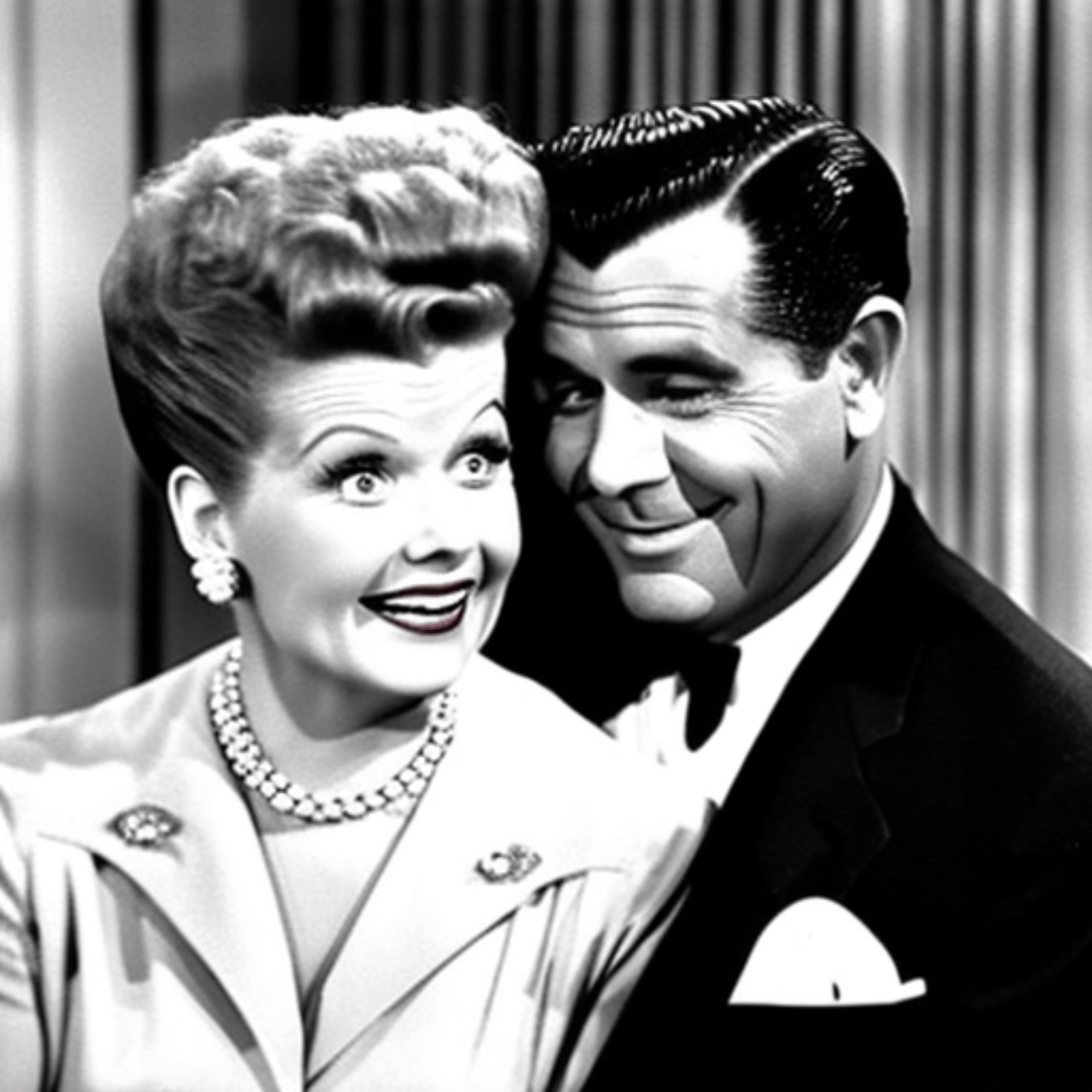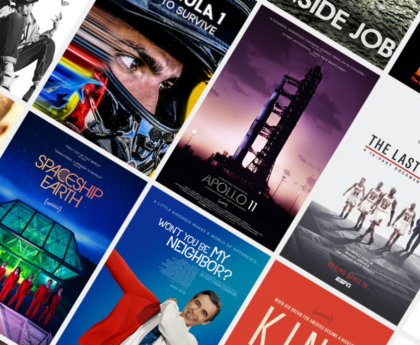Storytelling is an art form that has been practiced for centuries, and television and film have taken this art form to the next level. The ability to visually convey stories through television and film has captivated audiences for decades. This article will explore the evolution of storytelling in television and film and the impact it has had on society and culture.
Television
The history of television dates back to the 1920s when experimental television broadcasts began in the United States. However, it wasn’t until the 1950s that television became a household staple. During the early days of television, storytelling was limited to news broadcasts and talk shows.
The evolution of storytelling in television began with the introduction of scripted television shows in the 1950s. Shows like I Love Lucy and The Honeymooners paved the way for modern-day sitcoms. These early shows relied on basic storylines, and the humor was often predictable.
Fast forward to modern times, and television storytelling has become more complex. Shows like Game of Thrones and Breaking Bad have captivated audiences with their intricate plotlines and multidimensional characters. Streaming services like Netflix and Hulu have allowed for more creative storytelling as they are not bound by traditional network television rules.
Film
The history of film dates back to the late 1800s, with the invention of the motion picture camera. The first silent films were simple stories with basic plotlines, often told through slapstick humor. However, with technological advancements, film evolved into a more complex art form.
The silent era of film was dominated by legends like Charlie Chaplin and Buster Keaton. These films relied on physical comedy and exaggerated facial expressions to tell stories. However, with the introduction of synchronized sound in the late 1920s, storytelling in film took a giant leap forward.
Technological advances in the film industry have allowed for more complex storytelling. Computer-generated imagery (CGI) has made it possible to create movies like The Avengers and Jurassic Park, which would have been impossible to make just a few decades ago.
Impact of Storytelling
The impact of storytelling in television and film on society and culture cannot be overstated. Television shows like All in the Family and The Cosby Show challenged social norms and helped shape public opinion. Similarly, films like Schindler’s List and Philadelphia have raised awareness about important social issues.
Television and film have also had a significant impact on popular culture. From the fashion trends inspired by shows like Friends to the catchphrases from movies like Star Wars, television and film have become ingrained in our daily lives.
Conclusion
The evolution of storytelling in television and film has been nothing short of remarkable. From the early days of scripted television shows and silent films to the complex, multidimensional storytelling of modern times, the art of storytelling has evolved tremendously. Television and film have the power to influence society and culture, and it is important to recognize their impact.
As we move forward, it will be exciting to see how storytelling in television and film continues to evolve. With new technologies and creative minds, the possibilities are endless. The art of storytelling will continue to captivate audiences for generations to come.




